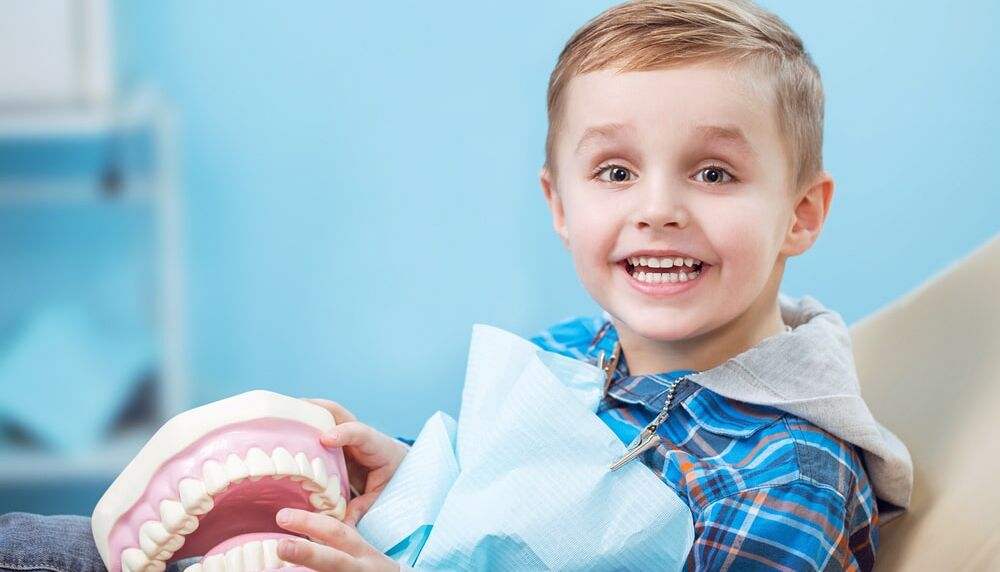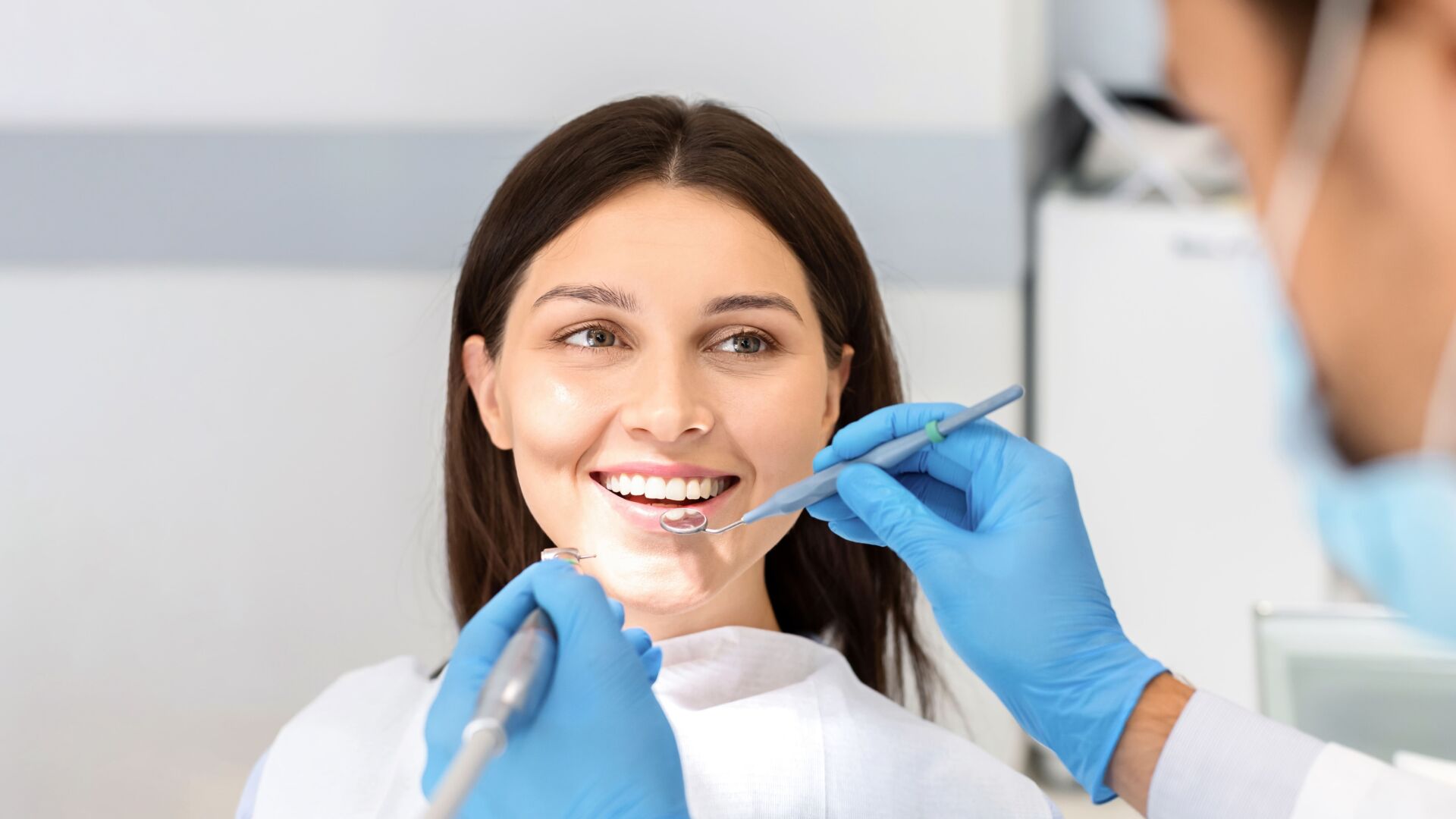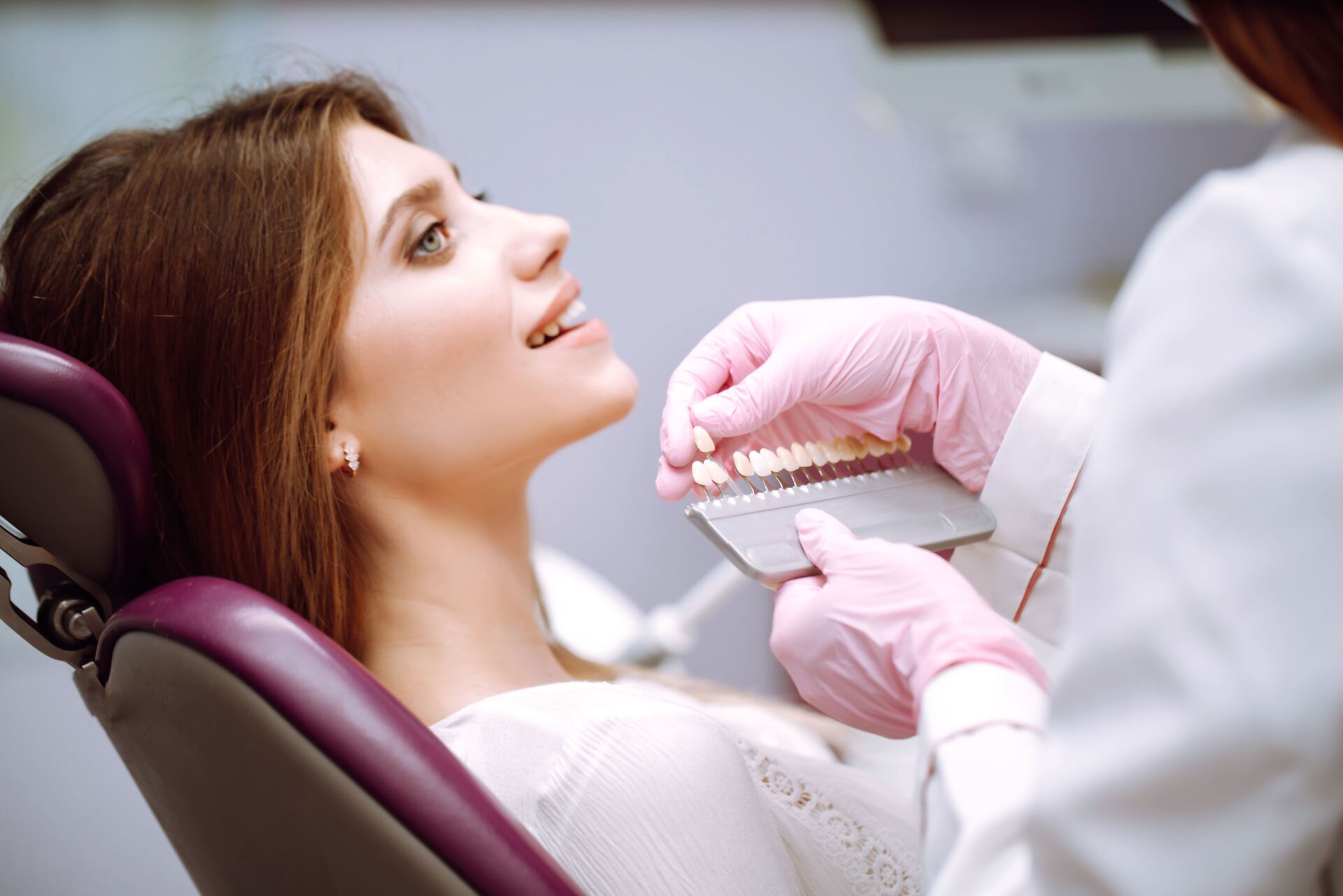Are you curious about the jaw development of your children? Do you want to know how your child’s facial structure can shift based on how their jawline grows?
The maturation of a child’s face and jawline is crucial for correct airway development, facial construction, and alignment of teeth. For example, the maxilla (the top part of the jaw) does more than just hold our top row of teeth in place. It is the whole medial section of the face and — as a result — affects the development of everything from the density of our cheekbones to the amount of available airspace we have for breathing.
For this reason, it’s critical to understand how the development of your child’s jaw can impact their health as well as their facial structure.
Resting Oral Posture: The Big Three for Facial Development
- Nasal breathing
- Lips closed with teeth slightly touching
- Correct posture of the tongue (resting on the roof of the mouth)
There’s more to good posture than just standing upright. A crucial aspect of facial development is resting the posture of the mouth. The maxilla and the mandible (the upper and lower parts of the jaw) comprise the bottom portion of the face. These formations can’t grow to their inherent capacity if the neighboring muscles aren’t administering the right amount of force.
If the Big Three is missing during the growth of the jawline, discord and disparity to the structure of the skull and face will appear. As a result, certain conditions and ailments such as long-face syndrome and midface deficiency begin to materialize.
Improper Facial Development
Many people don’t think of facial development as a concept to be taken seriously. And it’s easy to see why, most of us have the preconceived notion that the face is a single bone — when in reality it’s made up of many, about 29 actually. They are all connected impeccably at joining tips known as sutures.
Some of the causes of improper face development in children include:
- Genetics
- Excessive thumb-sucking
- Awful oral positions (mouth open, lips apart, etc)
- Improper tongue position
- Mouth breathing
The Impacts of Mouth Breathing and Myofunctional Habits on Your Baby or Child
In order to establish a healthy nasal airway, correct facial growth, and jaw joint strength, it is paramount that your child uses their nose to breathe. This, in addition to using the correct oral posture, will go a long way in the healthy development of your child’s facial structure.
The enemies of healthy facial development in children are excessive mouth breathing and myofunctional habits such as reverse swallowing, thumb-sucking, and tongue thrusting.
Proper tongue positioning can be credited as a catalyst for the proper growth of face and jaw muscles in children. The tongue is potent and powerful, it should be gently placed against the roof of the mouth and cause the maxilla (the upper jaw) to both widen and grow outward healthfully and appealingly.
If this fails to occur (due to mouth breathing, open-mouth pose, etc), the development of the midface becomes compromised and does not mature correctly — and as a result, the bottom portion of the face contracts and extends.
Proper Tongue Position is Paramount
The crucial component of the face and jaw development is the tongue. But it can only do its job once it has obtained the correct positioning. And that can’t happen if your child is always mouth breathing or displaying open-mouth poses whether asleep or during the day.
Unless your child is eating or speaking, the ideal place for their tongue to be is resting on the roof of their mouth. If the tongue does not find its proper resting space within your child’s mouth, the top portion of their jaw will begin to taper and their teeth will not have the space required to grow properly.
Interposing and Restorative Orthodontics
If your child displays signs of an unprogressive jawline, there are treatments available to consider. There are expanders (both fixed and removable) that can stimulate the growth of bone once again. This kind of management bolsters our propensity to:
- Reduce requirements for future orthodontics for your children
- Produce space that allows teeth to grow properly and naturally
- Stimulates growth in the upper jaw
- Broadens the roof of the child’s mouth
Open mouth posture along with mouth breathing and poor tongue positioning habits can deliver very pernicious effects to your child’s growing face and jawline. If the stabilizing impact of the tongue on the roof of the mouth is absent, the upper jaw contorts and becomes disfigured. This then changes the shape of the lower half of your child’s facial structure, which can result in:
- Deformed face
- Narrow lips
- Bigger nose
- Higher likelihood of back pains
- Higher likelihood of shoulder and neck aches
- Higher likelihood of sleep disorders
Regardless of how much damage has been done, the problem can be rectified. By taking initiative and addressing the problems with the solutions shared within this article, your child’s face and jawline can be restored and brought back to balance and proper symmetry.
Sleep Breathing in Children
It has now been established within the medical community that sleep breathing in children is a medical condition. This is due to the fact that children’s facial and jawline development may become compromised by mouth breathing while sleeping at night. Additionally, early assessment for the indications of poor jaw growth can play a crucial role in both the oral and general health of the child.
The symptoms of sleep-disordered breathing (SDB) include:
- Wetting the bed
- Social problems
- Difficulty learning
- Anxiety
- Snoring
- Fatigue and tiredness
- Behavioral issues




